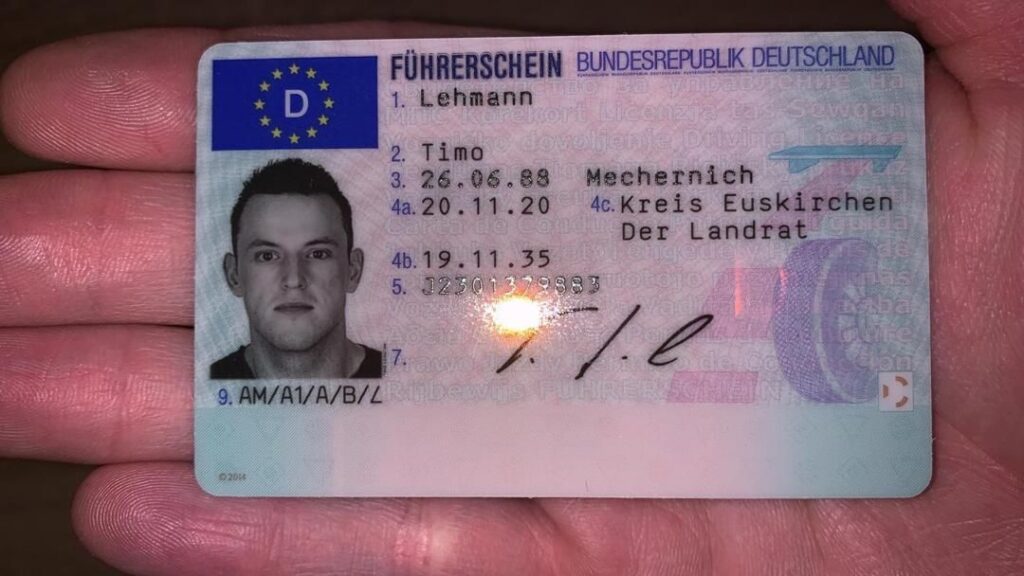Understanding Road Traffic Regulations: A Comprehensive Guide
Roadway traffic guidelines are essential for ensuring the security of drivers, pedestrians, and other roadway users. These laws govern the operation of cars, the habits of chauffeurs and pedestrians, and facilitate smooth traffic flow. This short article looks into the various elements of roadway traffic regulations, their value, and some common rules and policies that every roadway user should recognize with.
The Importance of Road Traffic Regulations
Road traffic regulations serve several important functions:
- Safety: They are mostly created to safeguard the lives of people on the roadway, lowering accidents and injuries.
- Organized Traffic Flow: By establishing clear guidelines, these regulations assist in handling the circulation of vehicles and lessening congestion.
- Defense of Pedestrian Rights: They make sure that pedestrian crossings and rights-of-way are respected, promoting more secure travel on foot.
- Environmental Considerations: Certain guidelines intend to reduce environmental impact, encouraging environment-friendly driving practices.
- Legal Framework: They supply legal responsibility for motorists and pedestrians, marking charges for infractions.
Secret Elements of Road Traffic Regulations
Understanding roadway traffic guidelines is crucial for compliance and safety. Below are some of the crucial elements:
| Element | Description |
|---|---|
| Traffic Signs | Various indications that supply details and directions to motorists. |
| Traffic Signals | Lights that regulate the flow of traffic at crossways. |
| Speed Limits | Optimum and minimum speed limitations set for different road types. |
| Right-of-way Rules | Guidelines on which road users need to go initially at crossways. |
| Safety Belt Regulations | Laws mandating the wearing of safety belt for chauffeur and passengers. |
| Driving Under the Influence | Stringent penalties for running a vehicle while impaired by alcohol or drugs. |
| Car Registration and Licensing | Requirements for lorries to be signed up and chauffeurs to have valid licenses. |
Typical Traffic Regulations
Although traffic guidelines can vary from one country to another, some common rules are normally observed worldwide:
1. Speed Limits
A lot of jurisdictions enforce speed limits based upon road type and area, such as:
- Residential areas: 25-35 mph
- Urban locations: 30-50 mph
- Highways and highways: 55-70 mph
2. Drinking and Driving
Driving under the impact of alcohol or drugs is illegal in many places. Typical blood alcohol concentration (BAC) limitations are:
- 0.08% for basic chauffeurs
- 0.00% for amateur or commercial drivers
3. Seat Belt Usage
Safety belt should be worn by all occupants in a car. Führerschein Karte Kaufen to comply can cause fines.
4. Pedestrian Crossings
Drivers must yield to pedestrians at significant crosswalks and stick to signals directing pedestrian movement.
5. Smart Phone Use
Utilizing handheld gadgets while driving is restricted in many areas to minimize diversions.
Frequently asked question Section
Q1: What should I do if I witness a traffic infraction?
If you observe a traffic violation, you ought to collect as much info as possible (car description, license plate number, area, and time) and report it to regional police.
Q2: How can I remain upgraded on modifications in traffic policies?
Traffic laws can alter periodically. Updates are usually published by local government sites. Führerschein Online Kaufen is a good idea to follow local news or traffic police' statements for any changes.
Q3: Are there specific traffic policies for industrial chauffeurs?
Yes, industrial chauffeurs frequently deal with stricter regulations, such as driving hour restrictions, vehicle evaluations, and unique licensing requirements.
Q4: What takes place if I break traffic guidelines?
Penalties for breaking traffic laws can consist of fines, points on your license, and in serious cases, jail time. Repeated violations may result in the suspension of driving benefits.
Q5: How do traffic regulations impact public transport?
Traffic regulations are essential for mass transit systems to work effectively. They help in developing bus lanes, controling taxi services, and guaranteeing that public transportation vehicles follow security standards.
Roadway traffic guidelines play a critical function in preserving the security and order of highways worldwide. Comprehending these laws is not just a legal commitment however an ethical one that promotes the well-being of all road users. Constantly updating oneself about traffic regulations and sticking to them can considerably reduce the threats associated with road travel. As communities develop and innovations boost, these regulations may likewise adjust, requiring continuous learning for motorists, cyclists, and pedestrians alike.
By keeping notified and remaining compliant with road traffic guidelines, people contribute positively to the shared responsibility of road security, ultimately minimizing mishaps and saving lives.

